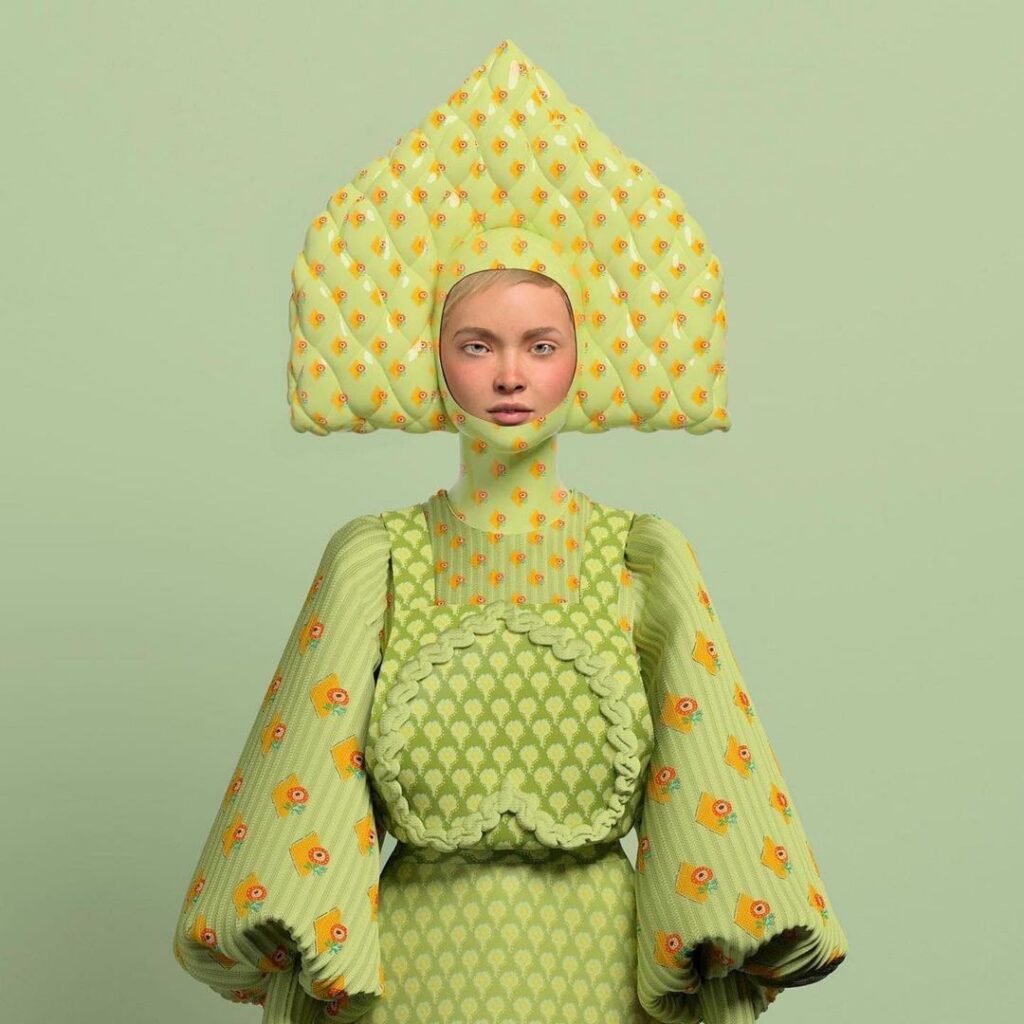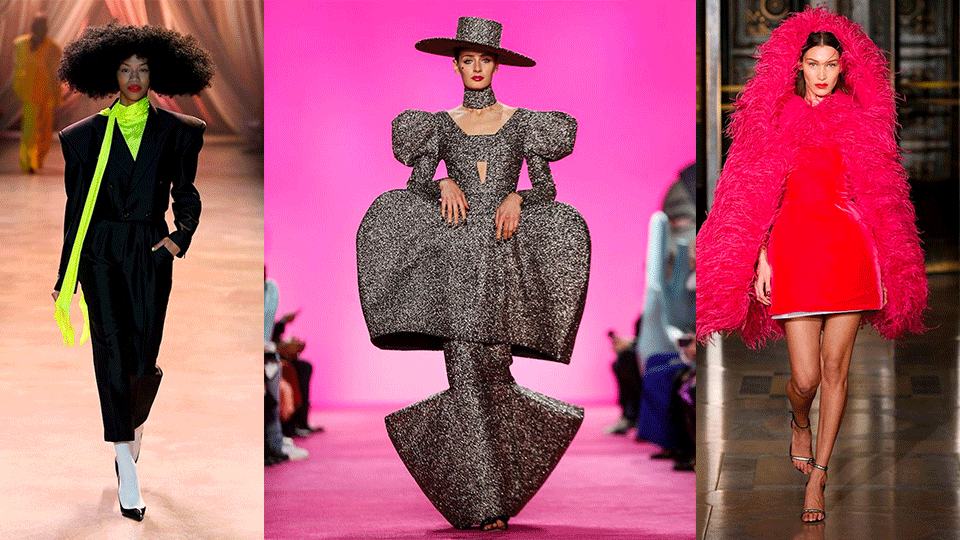- À New Wave to Fashion, À New Way of Living. Download Now on iOS Android Canada SS22
- hello@alahausse.ca
Crypto Meets High Fashion
#OOTD for the Gram: Social Media Adapting the ‘Wear it Once’ Culture
August 13, 2021
Smart textiles sweeping the fashion industry with it’s innovative perks
August 13, 2021
Written By: Tiara Miller
There seems to be no end in sight when it comes to the digitization of our modern world. With social media, e-commerce and even self-driving cars, there doesn’t seem to be a limit in site to these exciting and incredibly advanced developments that bring a variety of convenient services to our current society. Cryptocurrency is yet another variation of technological enhancement within the 21st century that has caught quite a bit of attention since its creation as data shows the steady as well as expansive growth in it’s value.
What is Cryptocurrency?
If you haven’t heard by now, cryptocurrency is a digital currency that is decentralized- unlike banks and is encrypted. Bitcoin, the first and most popular cryptocurrency was invented in 2008 by an unknown individual that goes by the alias of Satoshi Nakamoto. Since 2008, over 5,000 cryptocurrencies have entered the market and that number only seems to increase as more and more people are beginning to invest in them. Similarly to the asset of gold and oil, there is a limited number of cryptocurrencies you can buy. So if you were wondering how a decentralized currency with no authority accumulates value, that is how. The lower the supply the higher the value of the currency.
Now one may be wondering, “how does one keep track of these digital currency purchases and sales?” The answer to that would be blockchain. Blockchain is an open, distributed ledger that records transactions in code. Think of this as a checkbook that’s distributed across countless computers around the world keeping track of every crypto transaction you’ve made.


How Does Crypto Fit Into Fashion?
Crypto-fashion is digital fashion that can be traded and authenticated through the use of blockchain (a data structure that holds transactional records and ensures security and decentralization). Due to the pandemic, the conversation and genuine reliance on technology has accelerated. Whether it be looking to invest in crypto-currency for expanding one’s wealth, or completely transferring the world of fashion to a virtual experience instead of a tangible one. It is no surprise that crypto has been linked to the fashion industry as of late.
This emerging sector of fashion is still under development and uncharted territory for the majority however, it serves as an opportunity for designers and digital creators to bring a new identity and artistic purpose for the industry. Blockchain technology aids designers in maintaining ownership over their creations and manages those who want to obtain it without being ripped off or stolen from.
Crypto Fashion Week
It wouldn’t be right to have this newly emerging sector of the fashion industry without a spectacular event to reveal to society what the future of design holds and where innovation is taking us. Crypto Fashion Week presents a comprehensive overview of the exciting, emerging sector of digital fashion. Crypto fashion week is bringing to the forefront a variety of digital designers who are creating luxurious designs for the pleasure of virtual and augmented reality.
DressX
One of the many companies participating in the very first Crypto Fashion week was DressX. DressX was founded by Daria Shapovalova and Natalia Modenova in March of 2020. DressX is the first International digital fashion multi brand retailer that carries digital fashion collections, it’s only right that they be included in the first ever Crypto fashion week. DressX seeks to disrupt the fashion industry’s manufacturing traditions by not physically producing at all but creating a digital design that can be imputed into any augmented reality setting. Hoping to address and solve a portion of fashion’s sustainability issue, DressX aims to show that clothing can just exist as digital possessions instead of tangible ones.
Auroboros
In addition to DressX, UK label Auroboros also made their Crypto Fashion week debut this year. Auroboros is a luxury label that produces and designs physical couture, as well as digital-only ready-to-wear pieces in the name of sustainability and innovation and is the first fashion house to do so. Founded by Paula Sello and Alissa Aulbekova in 2020, the founders saw an opportunity in the midst of a pandemic to address the longstanding issues of waste and sustainability through the merging of crypto technology and fashion and is the first to ever do so.


Where Does Luxury Crypto Fashion Week Go From Here?
While relatively new and extremely young, Crypto Fashion Week has wasted no time in demonstrating the intriguing and innovative ways that helped keep the industry moving forward. Crypto fashion week is an event that serves as a platform providing visibility to viewers of a more sustainable and ethical option when it comes to participating in the consumption of luxury fashion design.
While luxury fashion and crypto technology is off to a great start in this new sector of the industry, they have merely scratched the service to what means they can serve consumers. As of right now, the extent of crypto fashion mainly serves designers and creators. Due to crypto fashion, designers have more autonomy over their designs than ever before. With blockchain providing protection for unalterable proof of creation, trademarks and licenses, designers have the capability of creating without having the worry of their work being taken without being compensated for. However the question remains, how can crypto fashion further evolve to serve a larger consumer base? Beyond being an outfit for your virtual reality character or an investment, what other interactive channels can crypto fashion operate on in the near future?
Via ÀLA.HAUSSE‘s Multi-functional and Multi-purposeful Fashion Ecosystem- BUY/SELL/RENT/LEND/ (swap BETA 2021) mobile application, INDIVIDUALS & brands ( BETA 2021) are encouraged to REBUY, RESELL, REUSE and UP-CYCLE their personal “Clossets” aka Clothing Assets, along with overstock inventory and samples. Through this consumerism habit shift we indirectly slow down the urgency on fashion’s carbon footprint, aiding sustainability as a whole.
BETA Early Access Application Now Open for CA Fashion Lovers: Apply Now for LAST CALL
with Stories on www.alahausse.ca
#ALAHAUSSE #WEARYOURPURPOSE #HAUSSEPEOPLE
References:
- https://www.forbes.com/advisor/investing/what-is-cryptocurrency/
- https://wp.nyu.edu/dispatch/6-must-know-facts-about-cryptocurrency/
- https://www.nylon.com/fashion/inside-crypto-fashion-week-the-future-of-digital-fashion
- https://www.notion.so/For-Immediate-Release_18-Feb-2021-6c360f86d11d46c5bc9ca183604dc6b0








